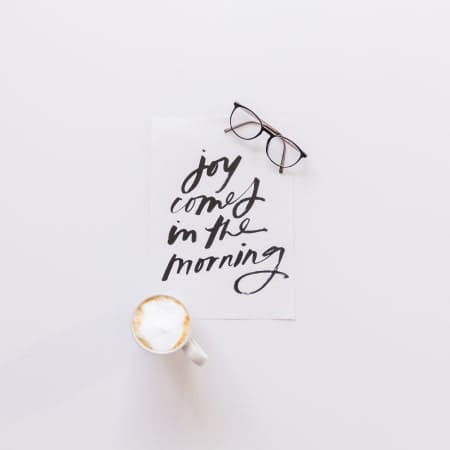
 Eva Namusoke
Eva NamusokeAn estimated 350,000 African artefacts, from human remainder and images to herbal historical past specimens and manuscripts, were present in a school’s collections.
Dr Eva Namusoke spent 15 months liaising with College of Cambridge librarians, curators and archivists, in addition to delving into their retail outlets, to discover the pieces.
It “is fairly common” for immense museums to not show maximum in their collections, nevertheless it used to be “still surprising to see this scale and diversity from the entire African continent and some there for decades and decades”, she stated.
The undertaking is the untouched in fresh paintings on the college to take on questions on its museums’ courting with colonisation and enslavement and divulges nearly all of artefacts have been got right through British colonisation.
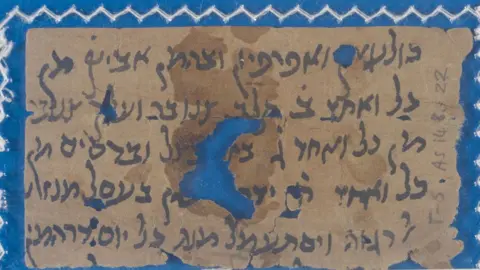 College Library
College LibraryDr Namusoke, the Fitzwilliam Museum’s senior curator African Collections Pace, stated nearly all of the Africa-related artefacts aren’t on show and she or he hopes they are going to now be extra broadly shared and researched.
They have been discovered available to buy and archives of the 8 museums and the Botanic Ground which in combination put together up the College of Cambridge Museums, in addition to the College Library and less-well identified collections in college segments and establishments.
They territory from Maasai [tribe] armlets donated by means of a colonial administrator, a tiny mammal accumulated in a Boer Warfare (1899-1902) focus camp, a selection of medieval Jewish manuscripts and early images of African population.
The relationship with British colonisation
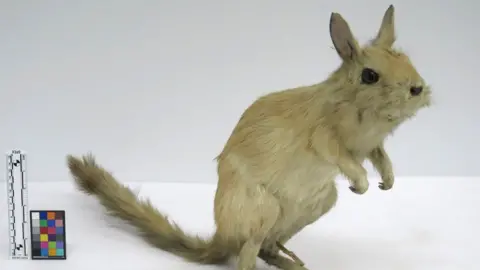 College Museum of Zoology
College Museum of ZoologyNearly all of the artefacts have been got right through British colonisation, some talented, purchased, commissioned or excavated – age others have been stolen, confiscated or looted.
The Museum of Archaeology and Anthropology has a gold necklace from Ghana which is assumed to were looted from Asantehene Kofi Karikari’s palace right through the 3rd Anglo-Asante Warfare of 1873-4, age there are 116 gadgets related to the British-led punitive marketing campaign and looting of the Benin Kingdom in 1897, in present-day southern Nigeria.
Dr Namusoke stated: “I was prepared to find material like this, as it is the case in a lot of museums around the world.”
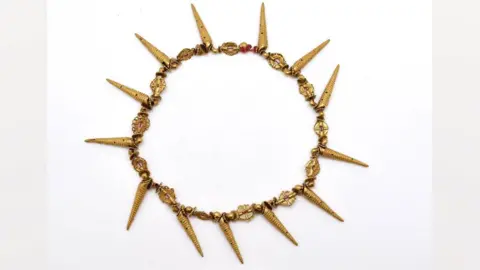 Museum of Archaeology and Anthropology
Museum of Archaeology and AnthropologyShe stated the nineteenth Century clinical mode of amassing and colonisation “went very much hand in hand”.
“The university holds dodo skeleton bones because of a personal relationship between someone in Cambridge and the colonial administrator in Mauritius,” she stated.
“There is a development with anthropology and the administration of colonies, meaning researchers have the framework to study and research the people and their culture.”
Uncovering African labour and experience
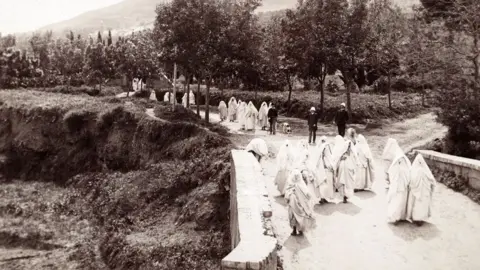 Museum of Archaeology and Anthropology
Museum of Archaeology and AnthropologyDr Namusoke’s file notes how “frustratingly little” there’s recorded in regards to the abilities, experience and native wisdom deployed by means of African employees in accumulating the specimens or artefacts.
“There’s an example I give from Cameroon from the 1930s where it is clear there is a huge amount of African labour involved,” she stated.
“They tracked and hunted the animals, including Cameroonian men lying on their stomachs for hours on end with test tubes to gather spiders and snails.”
“It was absolutely about using local labour and expertise, their intellectual, physical and creative labour.
“The focal point has been at the Eu scientists who did the amassing no longer the labour that made it conceivable.”
Report findings at a glance
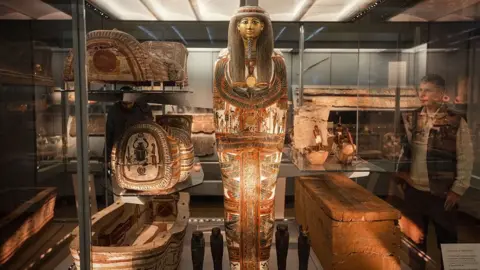 The Fitzwilliam Museum
The Fitzwilliam Museum- Egypt is the best represented African country in the university’s collections, with tens of thousands of archaeological items and manuscripts
- The Museum of Archaeology and Anthropology has an estimated 137,000 items, but fewer than 1% is on display
- It also cares for more than 29,000 photographs, including early images of African people from the 1860s
- About 100,000 African specimens are held at the Museum of Zoology, while the Herbarium (containing preserved plants) has the least well-researched collection
- The Duckworth Laboratory cares for about 4,800 ancient human remains from Egypt and 1,200 from Sudan, but there is there is little documentation on how some 750 other African remains were collected
 Museum of Zoology
Museum of Zoology





